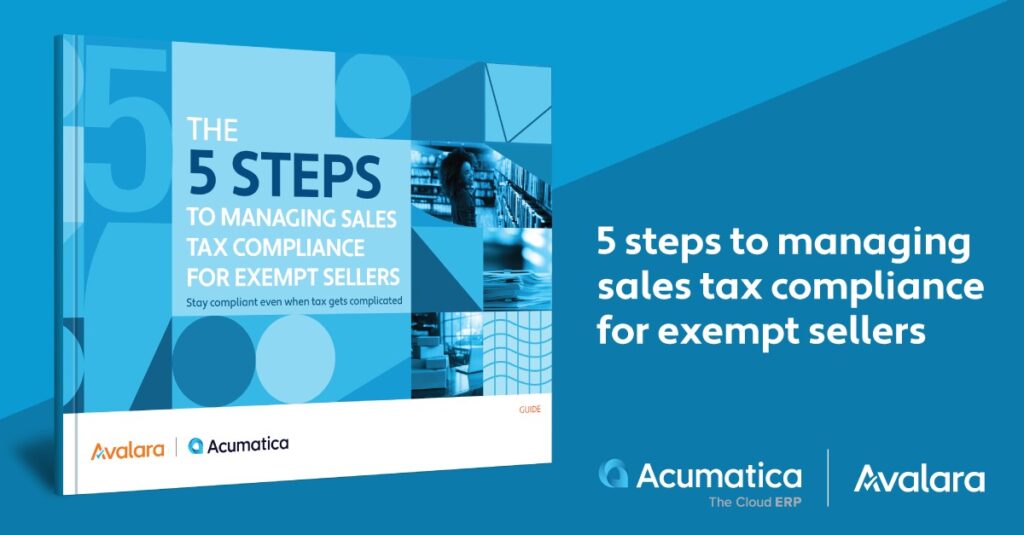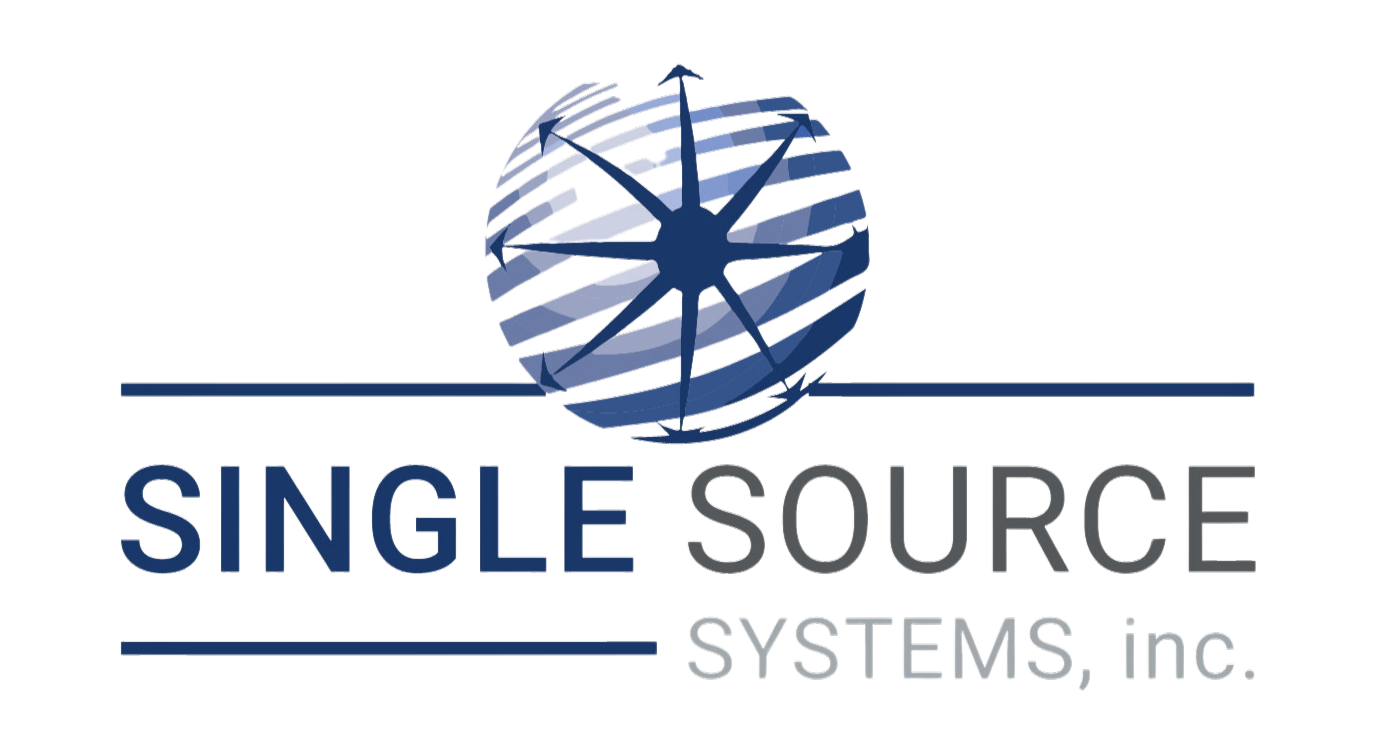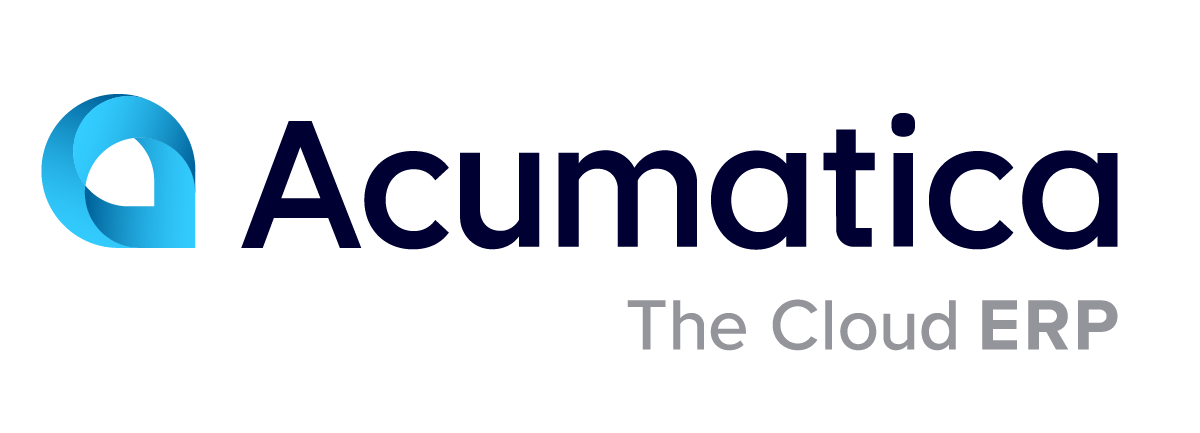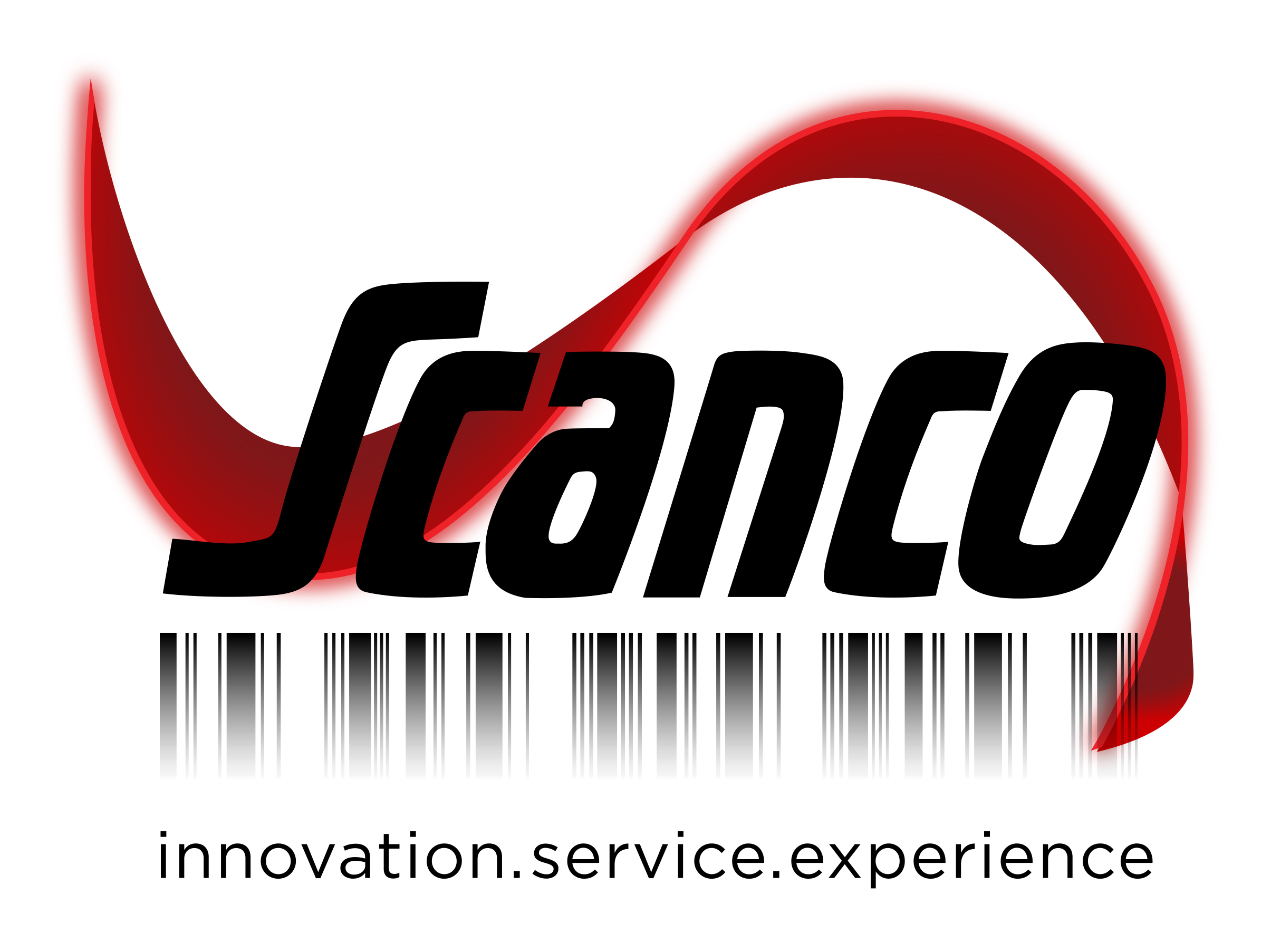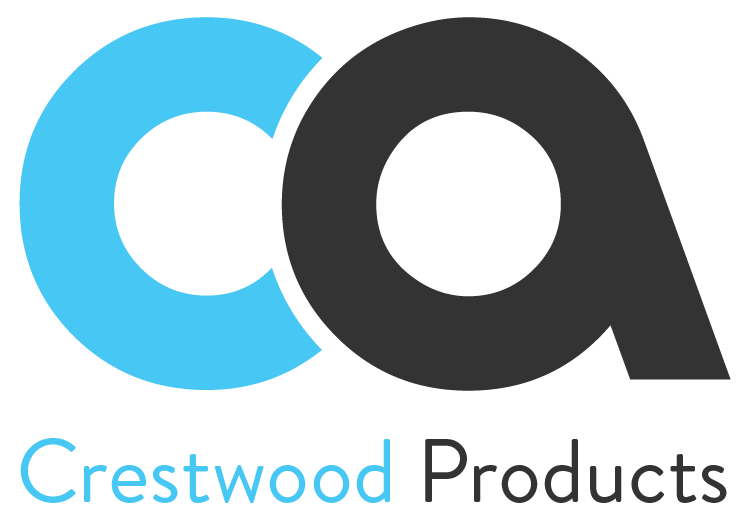No matter what you sell, or where you sell, some of your sales likely are exempt from sales tax. That might be because a particular product isn’t taxable, or the buyer has an exemption. It might even be because your business doesn’t have nexus in a jurisdiction, and you aren’t required to collect sales tax.
No problem — just don’t collect tax in those instances, right? Sorry, you’re not quite off the hook. You need to have a strong understanding of why certain sales are exempt, and then properly manage and document all those sales, because an auditor could ask you for proof. (And fine you if you don’t have it.)
It gets even more complicated as your business sells in more markets and to new audiences. But there’s good news: Avalara, one of the most trusted names in tax compliance, has powerful solutions that work seamlessly right in the Acumatica ERP platform you already use.
Keep reading to learn a little more about the five steps to managing tax compliance for exempt sales — and then download our guide for more detail on each step, insights on how to best navigate them, and links to additional resources that will help you streamline tax compliance.
Step 1: Know where you’re required to collect sales tax.
Before you even get to exempt sales, it’s vital to determine where your business has economic nexus — that is, your connection to a jurisdiction that establishes your responsibility to collect tax. (It could be your location, your level of sales, or another factor.) Each state has different rules, and you might have to file returns even for sales that aren’t taxed.
Step 2: Determine which sales qualify as exempt.
Sales can be exempt for many reasons, such as when items are purchased for resale or when the buyer isn’t required to pay sales tax. For instance, a government agency or nonprofit might be exempt, depending on the purchase.
Step 3: Collect exemption certificates.
A buyer might say they are exempt, but you cannot just take their word for it — they must provide a certificate that proves the exemption, and different jurisdictions have different requirements.
Step 4: Validate exemption certificates.
While the buyer needs to provide a certificate, you need to validate it, making sure the information is accurate and complete.
Step 5: Store, track, and manage the documents.
If you are ever audited, you will need to show proof that your exempt sales were legitimately exempt — which means you will need to provide those certificates you collected and validated. So, it is important to keep them organized and accessible.
Avalara Exemption Certificate Management is a solution — integrated seamlessly with Acumatica’s cloud-based ERP platform — that makes it easier to manage your exempt sales. It allows you to automate collection and validation, store certificates in a central location, and retrieve your documents when you need them.
Want to learn more? Download our guide and see how the power of Avalara and Acumatica can help you focus more on growing your business, and less on the hassle of tax compliance.


